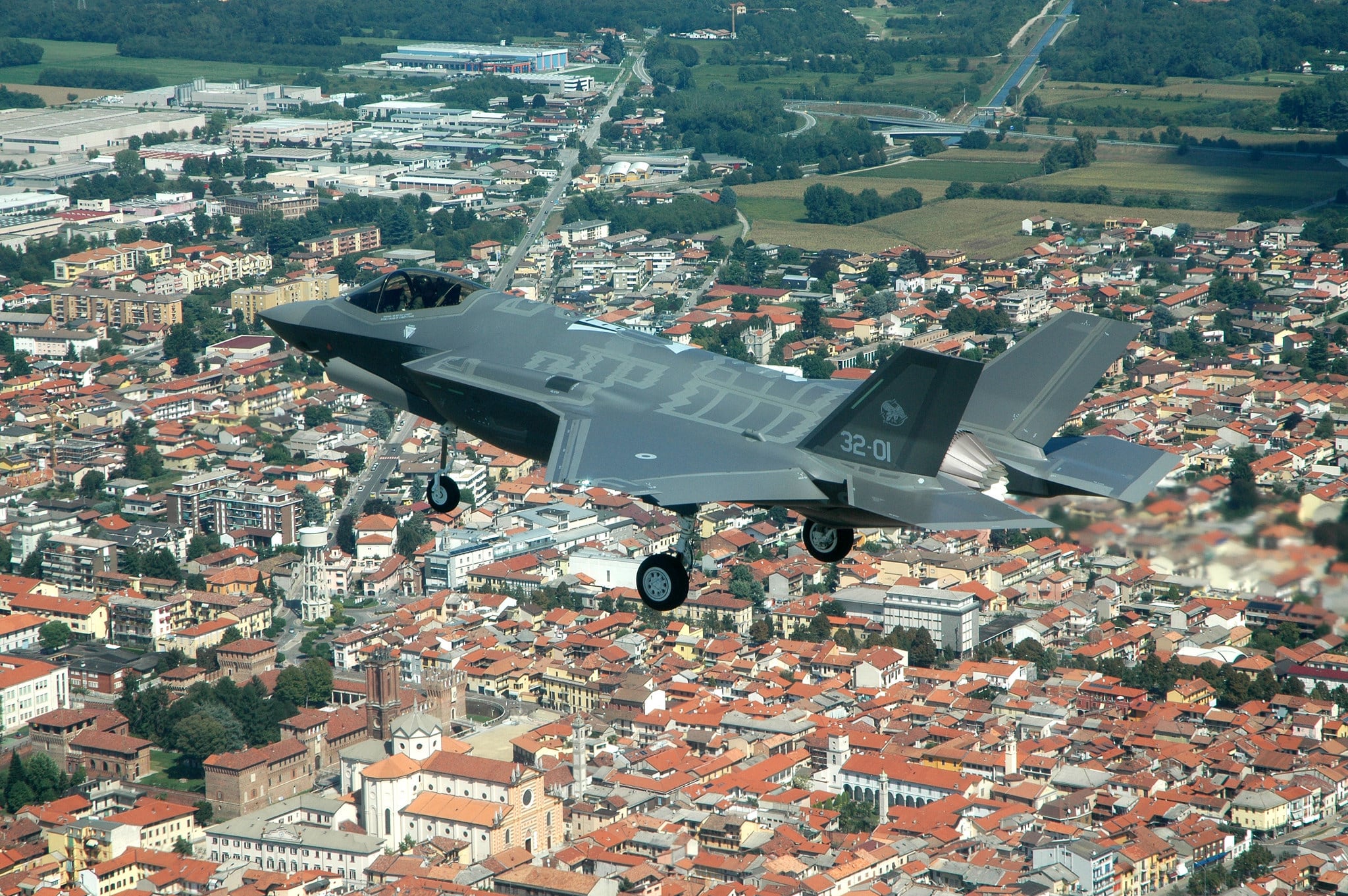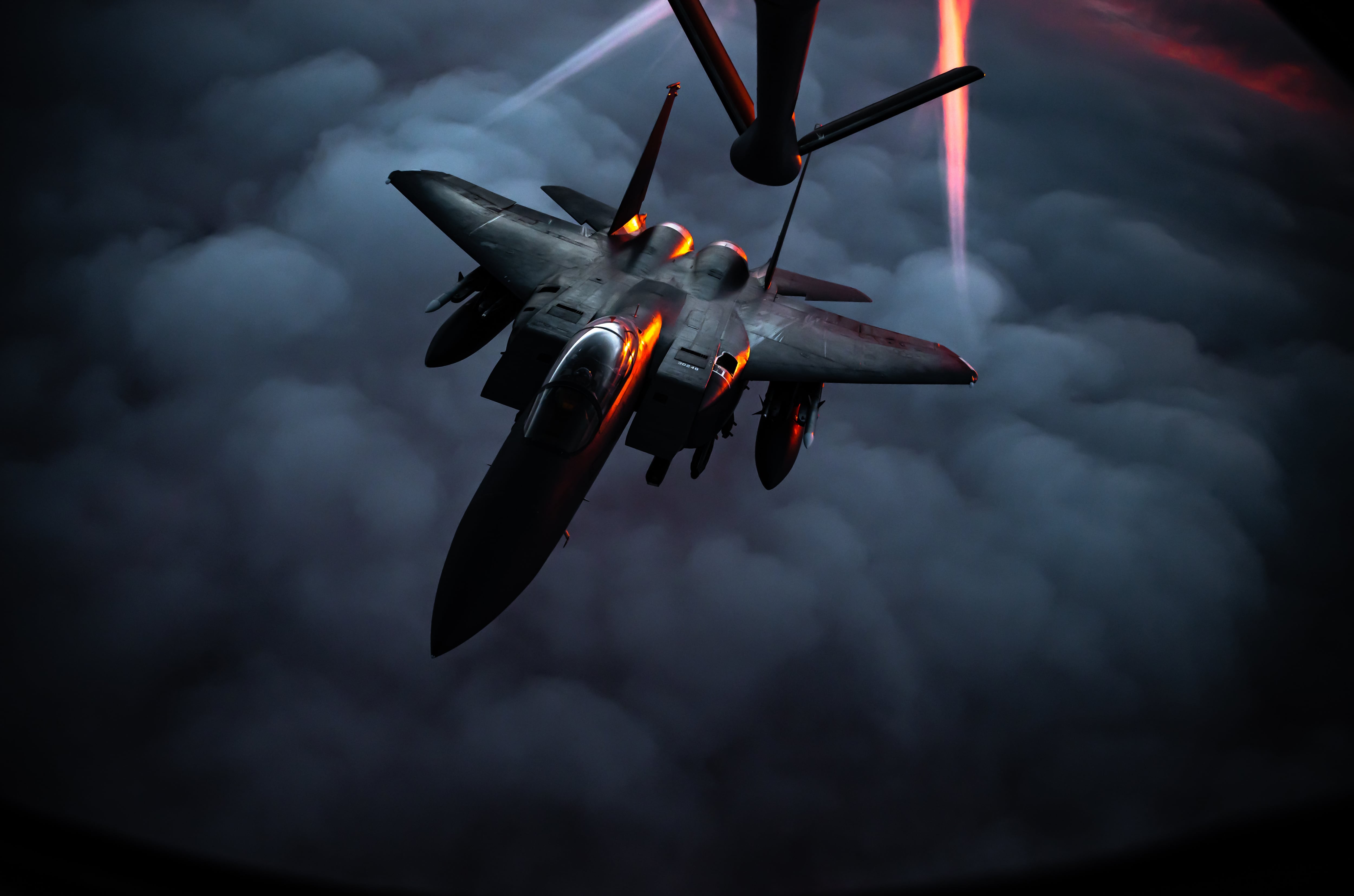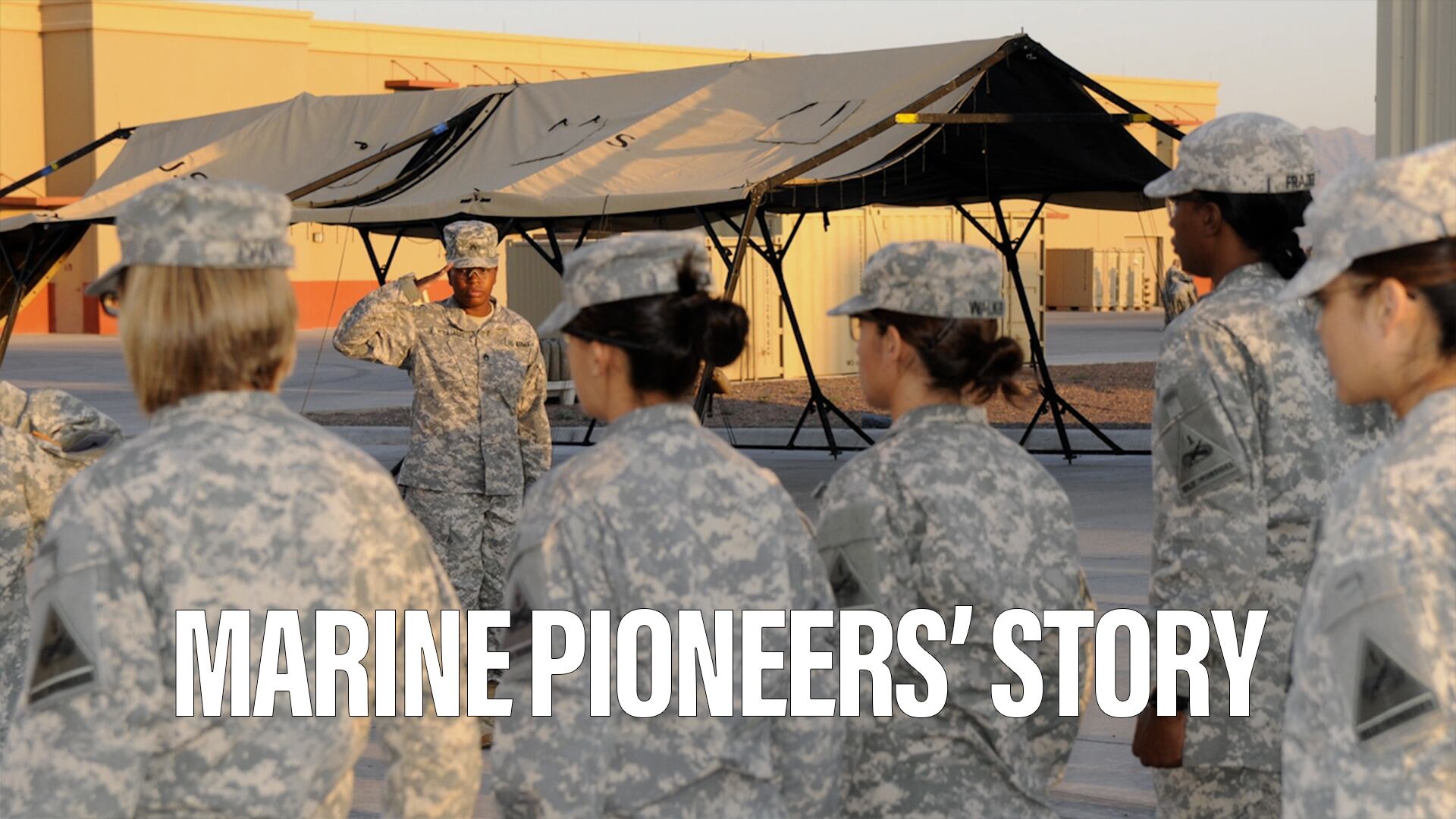A three-year experiment to streamline maintenance on the Air Force’s F-35A Lightning II fighter jets has ended with lackluster results.
The service’s “Lightning Technician Program” began as a smaller effort in 2017 and grew into a pilot program with hundreds of maintainers at Hill Air Force Base, Utah, and Luke AFB, Arizona, in 2019. It ended in June 2022.
Officials saw the idea as a way to become more agile in combat and expand airmen’s knowledge. The initiative echoed several other Air Force efforts aimed at creating “multi-capable airmen,” rather than specialists in a single skill set.
RELATED

“The intent of combining the career fields was to create cross-functional capabilities, increase maintenance flexibility, and reduce our combat support operations footprint,” Air Combat Command spokesperson Capt. Laura Hayden said. “Ultimately, the LTP concept did not meet the needs of the Air Force enterprise.”
The project tried to consolidate the work of six different maintenance specialties — engines, avionics, stealth components, fuel, egress and weapons — into two career fields: air vehicle mechanic and mission systems technician.
It relied on teams of eight maintainers, comprising five air vehicle mechanics and three mission systems technicians. Airmen were qualified for those new titles after 18 months of on-the-job training.
“We have avionics technicians who are performing egress specialties and we have F-35 crew chiefs who are now fuel systems and low-observable [systems] technicians,” Capt. Christopher McLeod, the 421st Fighter Generation Squadron’s operations director at Hill, said in a release last year.
Over the course of the pilot, the Air Force found ways to improve at launching, landing, servicing and inspecting its F-35s. The service currently owns about 400 of the advanced stealth fighters, touted as a centerpiece of the future force despite a high price tag and lingering design and supply chain issues.
Hayden said Air Combat Command didn’t directly study how the changes affected F-35 readiness metrics, like how often its parts broke, turnaround time for repairs, or how often sorties were canceled because of maintenance.
However, Master Sgt. Derek Coldiron, the 56th Maintenance Group’s F-35 integrated maintenance superintendent at Luke, noted that initial data showed turnaround times fell by about 20%.
“Not everybody’s housed within one unit, so you have to rely on outside agencies to come in and care for specific tasks,” he said in a release last year. “By consolidating career fields, bringing everyone into one unit, you significantly reduce aircraft downtime.”
McLeod added that Hill could perform 70% of the same tasks as a larger staff with up to 50% fewer people.
Not everyone was a fan.
“This program needs to … die fast!!” one Redditor complained in April.
Their problems: “Working conditions, hours, how [noncommissioned officer] crew chiefs talk to us like we’re idiots [and try] to educate us on how to do a job we never went to tech school for.”
Asked how the service kept airmen from burning out while juggling multiple jobs, Hayden said training for new specialties didn’t add much to the workload because most of that learning took place in the course of a normal workday.
The Air Force may still adopt aspects of the program, as the Marine Corps tries out the idea for itself.
Twelve Marines from Marine Corps Air Station Yuma, Arizona, visited Luke in May to learn about the pilot program and implement it at their own base for the F-35B variant, which is able to vertically take off and land in remote spots overseas.
RELATED

Hayden said the Air Force is adding “opportunities for … mission generation” into existing training.
LTP’s approach works best when airmen start to learn other specialties once they become a “journeyman” in their primary field, Hayden said. That typically happens after spending about three years in the service.
“Lessons learned from the trial provided a framework for further training concepts to develop a multi-capable airman in the future,” she said.
Rachel Cohen is the editor of Air Force Times. She joined the publication as its senior reporter in March 2021. Her work has appeared in the Washington Post, the Frederick News-Post (Md.), Air and Space Forces Magazine, Inside Defense, Inside Health Policy and elsewhere.







